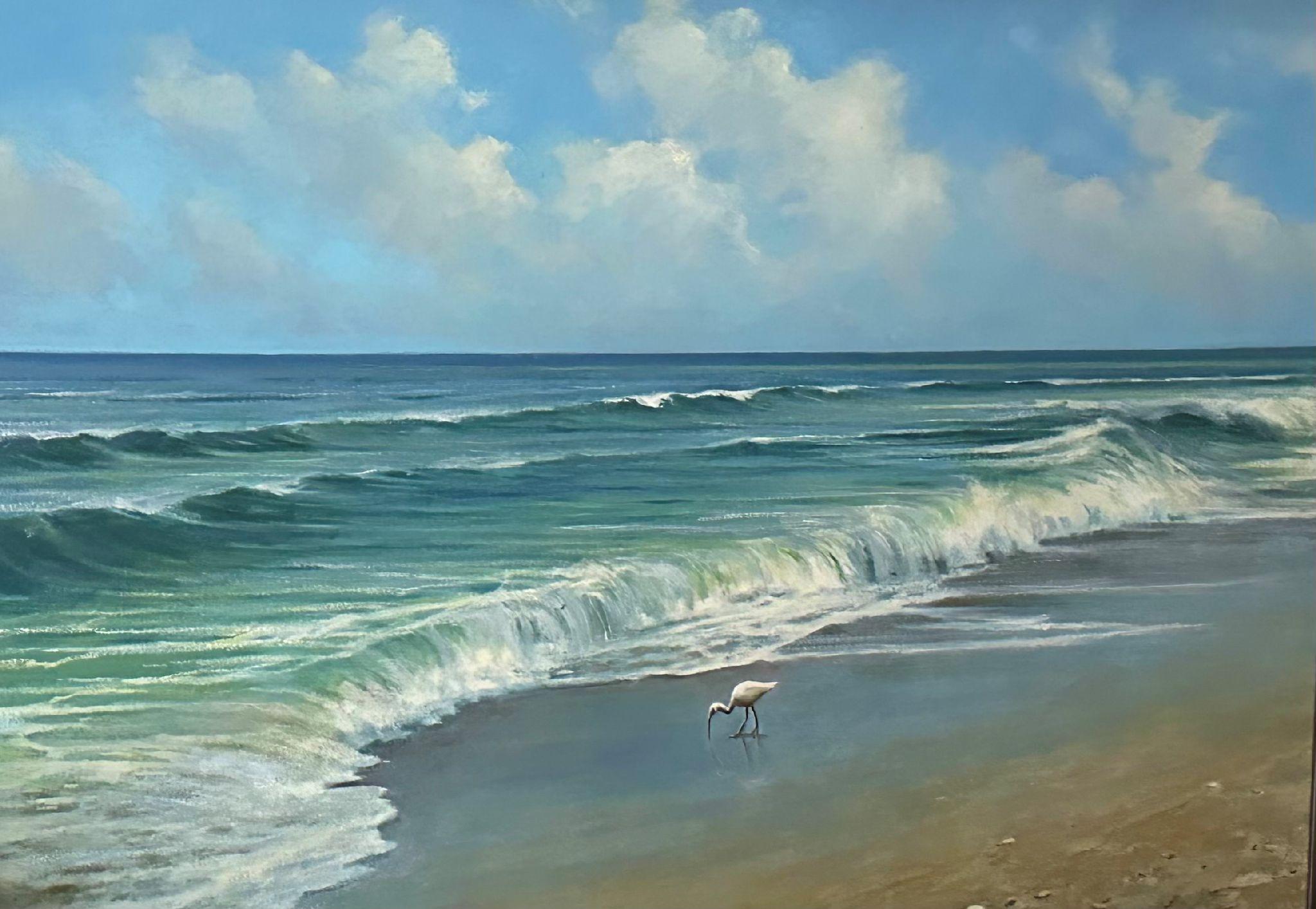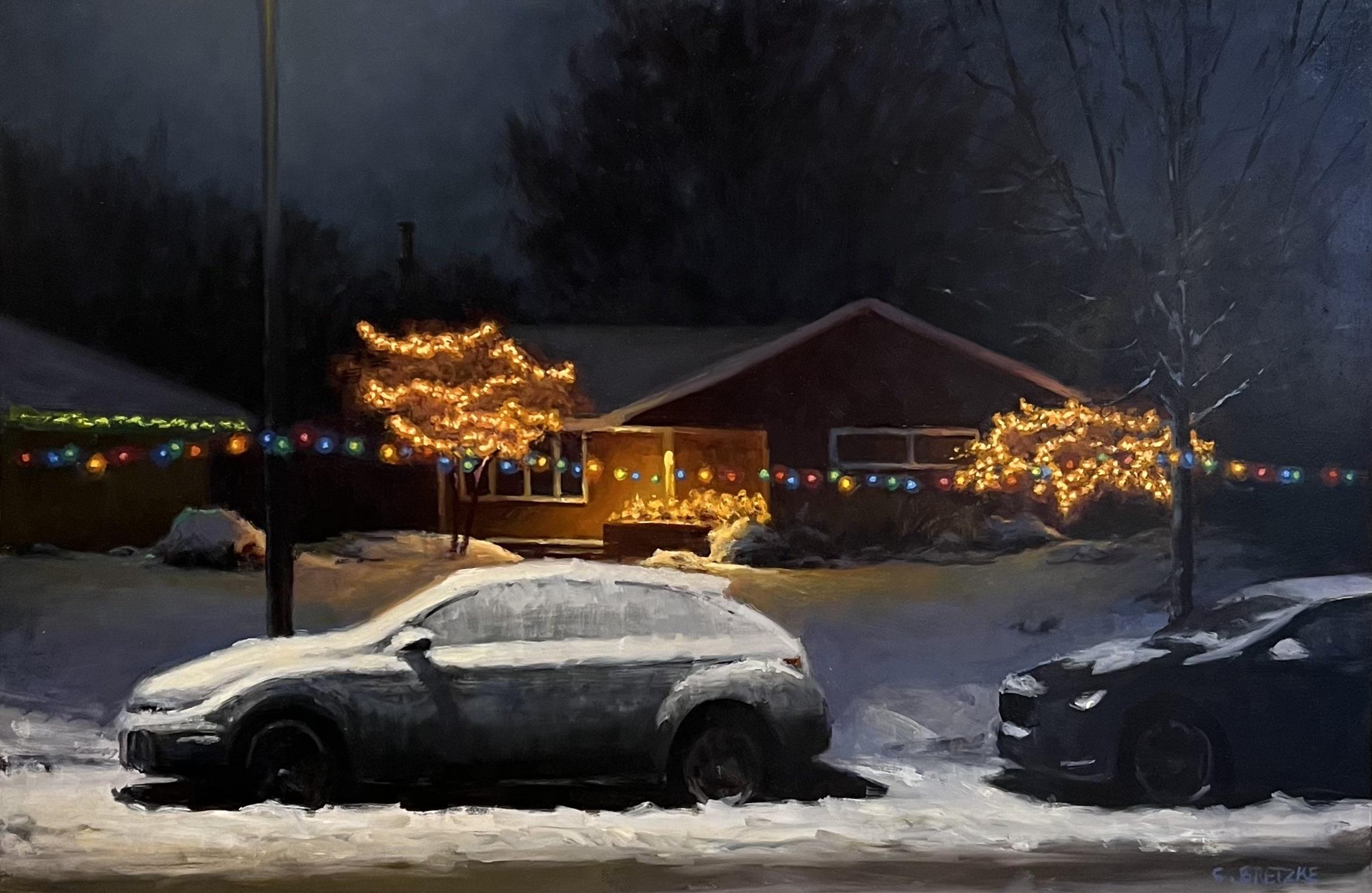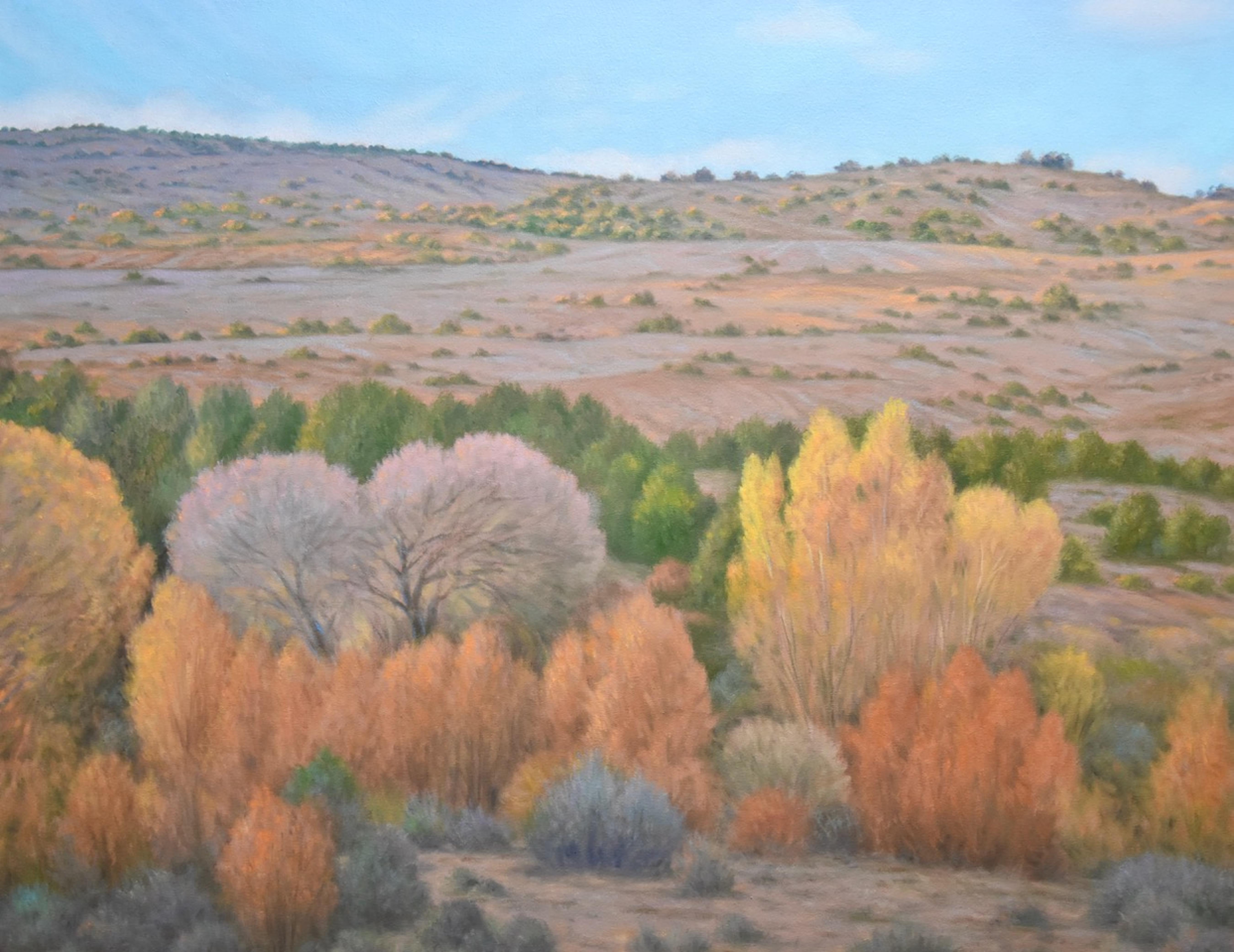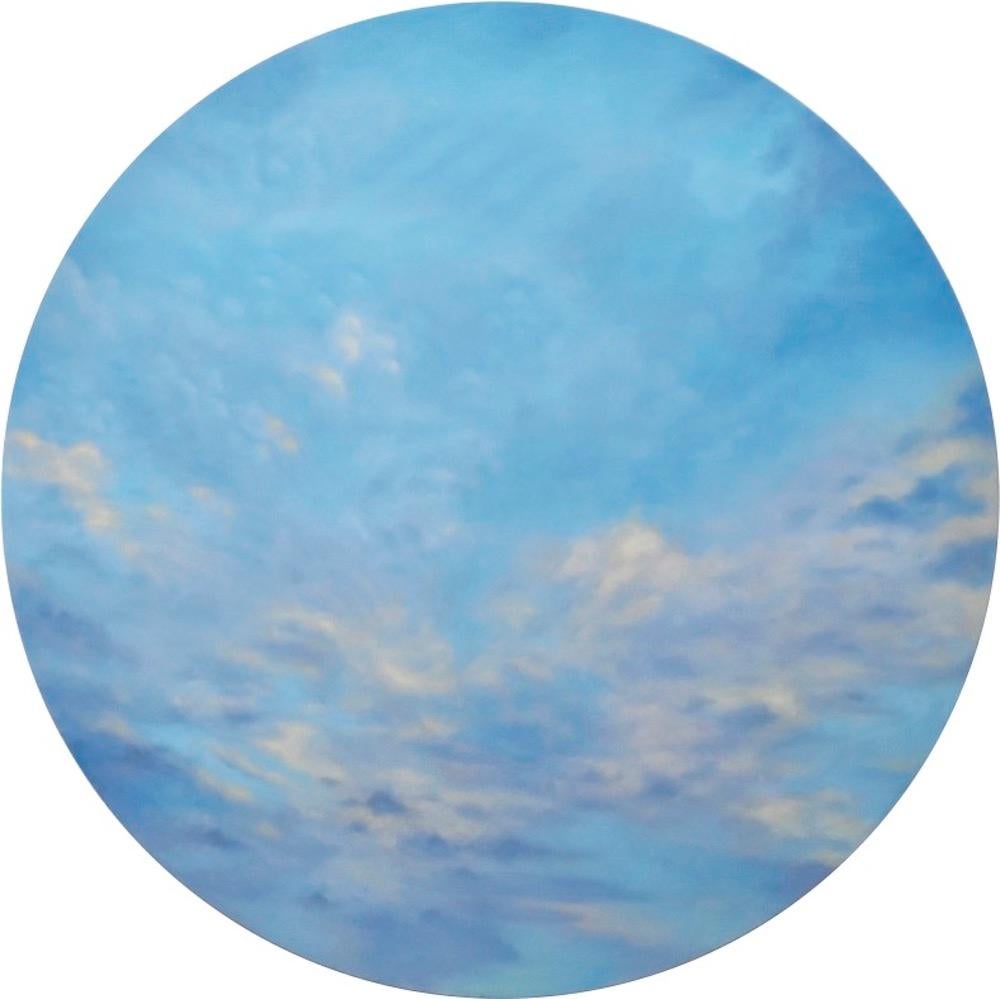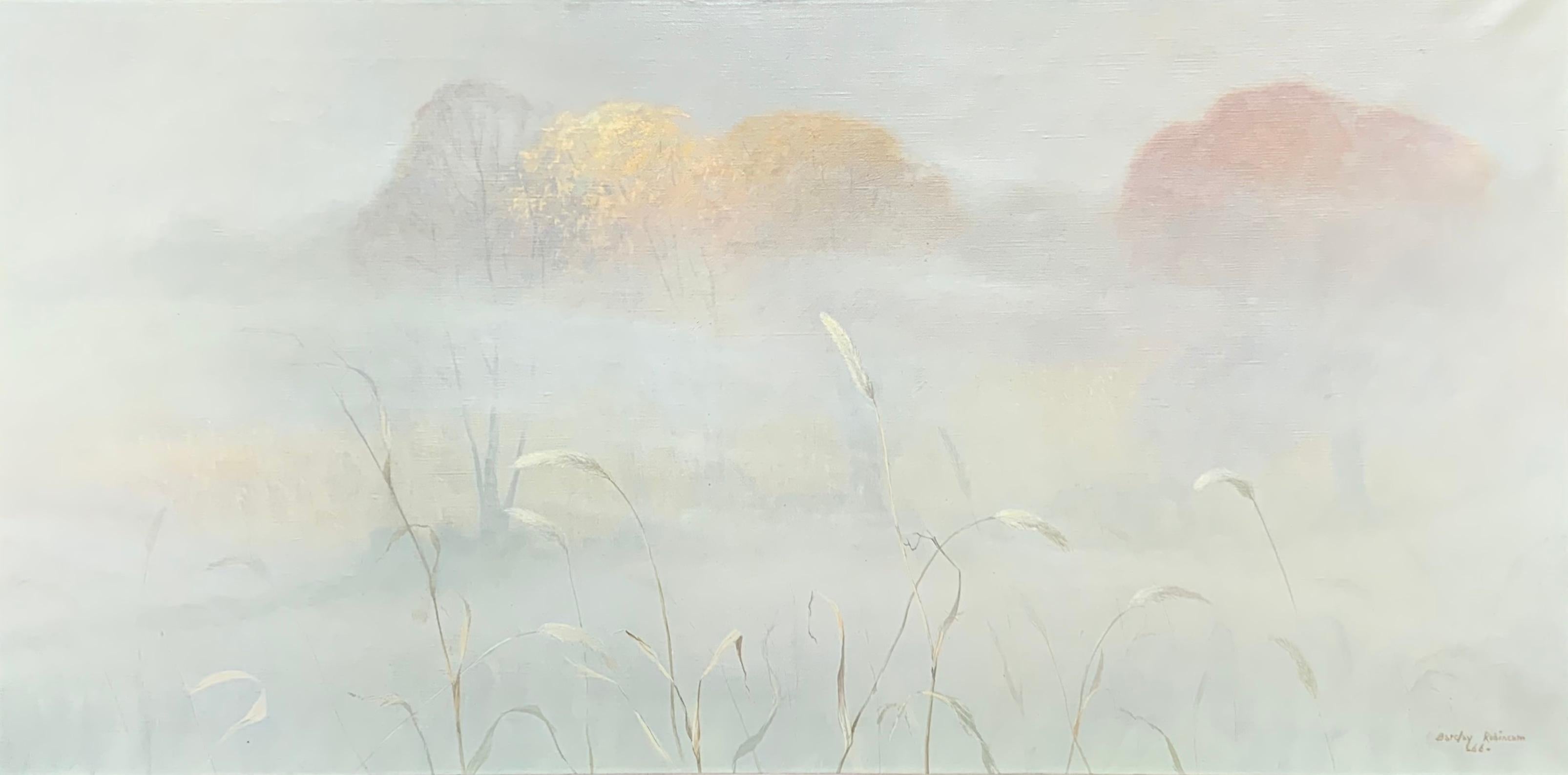Items Similar to Marina Grande, Capri
Want more images or videos?
Request additional images or videos from the seller
1 of 8
Charles Temple DixMarina Grande, Capri1866
1866
About the Item
Charles Temple Dix was born in Albany, New York, the youngest son of the distinguished statesman and soldier, General John Adams Dix. Having already visited Europe as a child, Dix returned with his family to Italy from 1853 to 1855. Dix’s decision to become an artist was enthusiastically supported by his father, and after graduation from Union College, Schenectady, New York, Dix continued his art studies in New York City in the late 1850s. Dix quickly immersed himself in the New York art world. He occupied a studio at the famous Tenth Street Studio building from 1860 to 1862, and he exhibited annually at the National Academy of Design, New York, from 1857 to 1861, the year in which he was elected an associate of that institution. He never submitted the diploma painting required for qualification as a full member.
Following the outbreak of the Civil War, Dix joined the Union army, serving as a major and acting as his father’s aide-de-camp. His creative output during this period was curtailed by his involvement in wartime activities. In March 1865, at the close of the war, Dix resumed his artistic career. He left for Europe, spending the winter in Rome and visiting England sometime thereafter. It appears that he remained for at least some time, for in 1867 he exhibited at the Royal Academy, London. In 1868, he married Camilla Ottilie Watson, niece of the art historian, Mrs. Anne Brownell Jameson, in London, and the married couple soon settled in Rome. In January 1873, Dix joined other American artists in Rome in signing a resolution mourning the death of the much-admired Hudson River School painter, John F. Kensett. Dix’s brief period in Rome ended two months later, when he died at the age of thirty-five of a sudden hemorrhage of the lungs.
In the course of his short and promising career, Dix had established himself as a popular and successful painter of marine subjects, and he was one of the few such painters to elicit praise regularly from contemporary critics. In his Book of the Artists (1867), Henry Tuckerman called Dix a painter “of rare promise and no inconsiderable performance in the sphere of marine landscape” (p. 552), an unfortunately ironic forecast of the artist’s brief career.
Beginning about 1866, when he first wintered in Rome, Dix painted a number of marine subjects of the island of Capri. The present picture dates from that winter, before Dix’s trip to England and his subsequent marriage and relocation to Rome. Dix evidently traveled to the island, returning to Rome with sketches of its coastal scenery. Located on the northern side of the island, the Marina Grande was the chief port on Capri. Dix frames the composition at right with the large, rocky cliffs characteristic of Capri’s coastline, while the sweep of the water opens to the left. Dix’s use of color is deep and clear, faithfully capturing the incomparable range of blues of the Mediterranean sea and sky. All of the elements of the picture—rocks, clouds, boats, and water—are treated with careful accuracy, reflecting a truth-to-nature aesthetic as espoused by the influential English critic, John Ruskin, and echoing similar concerns with the rocky coast landscape as fellow American marine artist, William Stanley Haseltine. Marina Grande, Capri is remarkable in that the artist was only twenty-eight years old when he painted it, and it leads one to speculate as to what Dix might have accomplished had he enjoyed a longer life and career.
- Creator:Charles Temple Dix (1838 - 1873, American)
- Creation Year:1866
- Dimensions:Height: 18.25 in (46.36 cm)Width: 30.25 in (76.84 cm)
- Medium:
- Movement & Style:
- Period:
- Condition:
- Gallery Location:New York, NY
- Reference Number:
About the Seller
5.0
Recognized Seller
These prestigious sellers are industry leaders and represent the highest echelon for item quality and design.
Established in 1952
1stDibs seller since 2010
32 sales on 1stDibs
Typical response time: 7 hours
Associations
Art Dealers Association of America
- ShippingRetrieving quote...Ships From: New York, NY
- Return PolicyThis item cannot be returned.
More From This SellerView All
- Fishing Camp on the Labrador CoastBy William BradfordLocated in New York, NYIn 1852, twenty-nine year old William Bradford was a failing shopkeeper in Fairhaven, Massachusetts. With a wife and child at home, Bradford, by his own admission, “spent too much time in painting to succeed” in business. Rescued from insolvency by his well-to-do in-laws, this is not the beginning of a narrative that generally leads to a happy ending. Not so with Bradford, who ultimately found international fame and fortune as a painter of arctic seascapes and dramatic marine paintings. William Bradford, the artist, was a lineal descendant of the 17th-century Separatist leader William Bradford, a founder of the Plymouth Plantation, signer of the Mayflower Compact and Governor of the Plymouth Colony. Our Bradford born to a New Bedford ship outfitter in Fairhaven, Massachusetts By the nineteenth century, this line of Bradfords were Quakers, living on the tract purchased nearly two centuries earlier by their pilgrim ancestor. Fairhaven, across the mouth of the Acushnet River from the whaling center of New Bedford was described by a New York journalist in 1857 as “the Brooklyn of New Bedford” (Home Journal, January 3, 1857). Young Bradford displayed an early predilection for the arts, but his Quaker parents were disinclined to support this particular pursuit. After working in his father’s business and then for a dry goods merchant in New Bedford, by 1849 Bradford had set up in New Bedford as a “merchant tailor” offering outfits for “those going to California,” “seamen’s clothing,” custom-tailored “piece goods...Category
19th Century American Realist Landscape Paintings
MaterialsCanvas, Paper, Oil
- At the SpringBy Joshua ShawLocated in New York, NYJoshua Shaw was a farmer’s son, born in Billingborough, Lincolnshire, and orphaned at the age of seven. After a boyhood of privation, he tried a number of occupations, until he finally apprenticed to a sign painter and found his métier. Shaw went to Manchester to study art, and by 1802 was in Bath, painting landscapes. In that year he began to exhibit his work at the Royal Academy in London. Essentially self-taught, Shaw achieved an impressive level of competence and versatility, producing portraits, floral compositions, still lifes, landscapes, and, cattle pieces. Shaw continued to send works for exhibition at the Royal Academy, the British Institution, and the Suffolk Street Gallery, all in London, until 1841. (Although Shaw is regularly mentioned and frequently illustrated in a host of general books on American art history, as well as included in numerous historical survey exhibitions, the only monographic study of this artist is Miriam Carroll Woods, “Joshua Shaw [1776–1860]: A Study of the Artist and his Paintings” [M.A. thesis, University of California at Los Angeles, 1971]. Apart from short biographical sketches in various dictionaries and museum collection catalogues, the two most interesting references, both contemporary, are John Sartain’s personal recollections in The Reminiscences of a Very Old Man, 1808–1897 [1899; reprint 1969] and an article in Scientific American from August 7, 1869, “Joshua Shaw, Artist and Inventor.” The article quotes extensively from an autobiographical document in the possession of Shaw’s grandson that Shaw prepared for William Dunlap...Category
19th Century American Realist Landscape Paintings
MaterialsCanvas, Oil
- Mt. Etna from TaorminaBy Thomas FransioliLocated in New York, NYThomas Fransioli, born in 1906 in Seattle, Washington, trained as an architect at the University of Pennsylvania. He worked as an architect before his service in World War II. Largel...Category
20th Century American Realist Landscape Paintings
MaterialsCanvas, Oil
- Chestnut Racehorse with a Jockey Up On a Training StrapBy Henry H. CrossLocated in New York, NYIt was Henry Cross's portraits of horses belonging to the prominent breeders and trainers of the second half of the nineteenth century that won the artist renown as an animal painter. Born and raised in upstate New York, Cross's proficiency in both drafting and caricature was revealed while he was still a student at the Binghamton Academy, New York. In 1852, when he was only fifteen years old, Cross joined a traveling circus that took him to Minneapolis, Minnesota, and to the first of many Indian encampments that he would draw upon for subject matter throughout his career. Biographers differ as to the year Cross left for Europe, however, he was in Paris from 1852 to 1853 or 1854, where he studied with Rosa Bonheur, a highly esteemed French painter of horses. Upon Cross's return to the United States he was commissioned to paint the studs of wealthy horsemen, including those of Commodore Cornelius Vanderbilt, Robert Bonner, the owner-publisher of The New York Ledger, and "Copper King" Marcus Daly, whose 18,000 acre stock farm was reputed to be the greatest and most valuable horse ranch in the world. Although Cross received the highest pay of any equine artist of his day (up to $35,000. for one order, according to The Horse Review of April 10, 1918, p. 328), he frequently joined traveling circuses and painted the locales where they visited. He also painted portraits of notable contemporaries, such as President Abraham Lincoln, ex-president Ulysses S. Grant, King Edward VII of England, W. F. "Buffalo Bill...Category
19th Century American Realist Animal Paintings
MaterialsCanvas, Oil
- Copley Square, BostonBy Thomas FransioliLocated in New York, NYThomas Fransioli’s cityscapes are crisp and tidy. Buildings stand in bold outline, trees are sharp, and saturated color permeates the scene. But Fransioli’s cities often lack one critical feature: people. His streets are largely deserted, save for the rare appearance of figure and the occasional black cat scurrying across pavement. Instead, humanity is implied. Magic Realism neatly characterizes Fransioli’s viewpoint. First applied to American art in the 1943 MoMA exhibition “American Realists and Magic Realists...Category
20th Century American Realist Landscape Paintings
MaterialsCanvas, Oil
- Strawberries Strewn on a Forest FloorBy William Mason BrownLocated in New York, NYWilliam Mason Brown was born in Troy, New York, where he studied for several years with local artists, including the leading portraitist there, Abel Buel Moore. In 1850, he moved to ...Category
19th Century American Realist Landscape Paintings
MaterialsCanvas, Oil
You May Also Like
- Along the SurfBy Frank CorsoLocated in Greenwich, CTFrank Corso Biography American, b. 1952 Frank Corso was born in Syracuse, New York. Taking a keen interest in art at a very early age, he was inspired to draw and paint the landscap...Category
2010s American Realist Landscape Paintings
MaterialsCanvas, Oil
- "December Snow on Cars" 2023 Snowy American Realist painting in MinnesotaBy Carl BretzkeLocated in Sag Harbor, NYAmerican realist painter Carl Bretzke is particularly adept at nocturne scenes which ooze in darkness, reminiscent of Edward Hopper. Bretzke remarks: “What most people don’t notice i...Category
2010s American Realist Landscape Paintings
MaterialsCanvas, Linen, Oil
- Near Santa FeBy Willard DixonLocated in Burlingame, CA"Near Santa Fe New Mexico" showcasing in the brilliant colors of the southwest, from celebrated artist Willard Dixon, who has continued to capture the undeniable beauty of the west f...Category
21st Century and Contemporary American Realist Landscape Paintings
MaterialsCanvas, Oil
- Turbulent Sky - 61 x 61 inches, circular canvasBy Willard DixonLocated in Burlingame, CABlue sky painting with sunlight shining through turbulent clouds with a warm hue. Created with a calm and etherial palette of blue, white, and lavender. Painted on a 5 foot circular canvas...Category
21st Century and Contemporary American Realist Landscape Paintings
MaterialsCanvas, Oil
- October Fog (West Chester, Chester County PA Landscape)Located in Wilton Manors, FLBarclay Rubincam (1920-1978). October Fog, 1966. Oil on canvas, 20 x 40 inches; 23.5 x 43.5 inches framed. Signed and dated lower right. Original label affixed verso. Excellent condition. original frame. Barclay Rubincam (1920-1978) was born and grew up in Chester County, Pennsylvania, where he developed a life-long love for its charming landscape and fascinating history. Art was an early passion, and Rubincam spent hours drawing and painting murals, posters, and other decorations and projects during his school years. After graduating from Unionville High School in 1939, he attended the Wilmington Academy of Fine Arts (today the Delaware Art Museum) where he was taught by Gale Hoskins and Frank Schoonover, among others. He also studied with N.C. Wyeth in Chadds Ford. Army service during World War II delayed the start of Rubincam's professional career as a painter, but when he returned from duty, he set up a studio in his newly purchased house in West Chester...Category
Mid-20th Century American Realist Landscape Paintings
MaterialsCanvas, Oil
- "Poppies" contemporary realist oil painting, red wildflowers birch tree greenBy Rachel PersonettLocated in Sag Harbor, NYAn oil painting of a poppies in front of a rock wall. The setting sun shines through the petals making them glow golden orange against the darker foliage. The sun cuts shadows into t...Category
21st Century and Contemporary American Realist Landscape Paintings
MaterialsOil, Panel, Canvas
Recently Viewed
View AllMore Ways To Browse
Antique Temple
Temple Italian
Capri Art
Italian Capri
Charles March
Capri Italy Art
Capri Used
Landscape Painting With Soldiers
Large European Landscape 19th Century
Capri Island
Italy Landscape Coastal Painting
William Temple
Capri Painting
Paintings Of Capri
Henry Winter
Temple Rome Antique
Watson Oil Painting
Watson Oil
